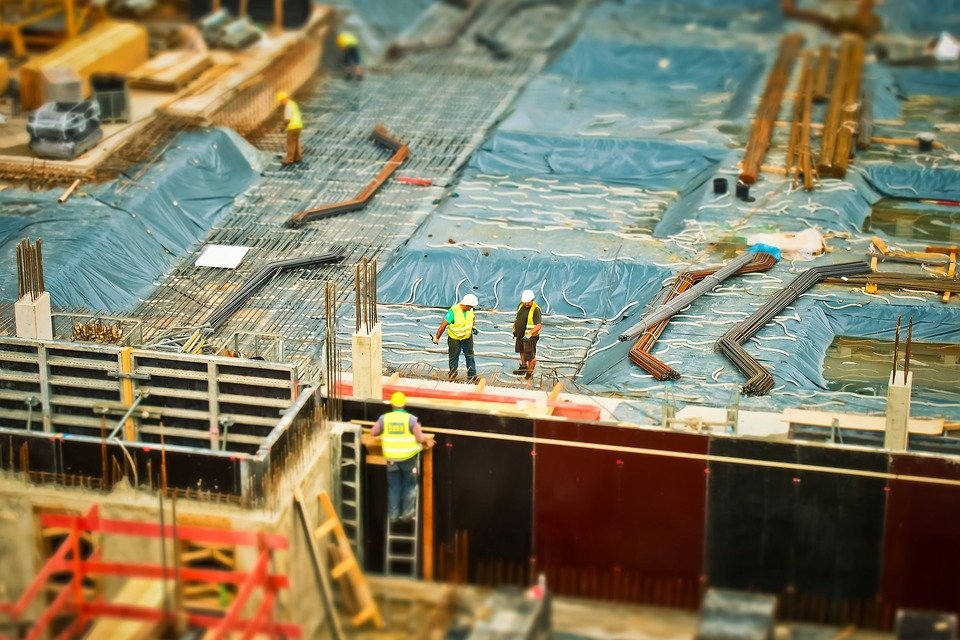NYC Construction Site Accident Lawyer Points Out Dangers of High-Pressure Work Environments

When companies feel pressured to meet certain goals, such as an important deadline or a specific level of earnings, they can wind up compromising worker safety.
The Harvard Business Review recently reported a study evaluating companies that feel pressured to meet analysts’ earnings predictions. When companies just meet the predicted level of earnings or barely exceed it, they have a higher rate of worker injuries and illnesses. This also holds true when comparisons are made across companies; companies that fall short of predicted earnings or more easily surpass them experience lower rates of worker injuries and illnesses than companies who have just barely met their earnings goal.
How can a high-pressure environment hurt construction workers?
When companies rush to complete a job or meet a specific goal by a deadline, construction workers often get exposed to preventable dangers.
- Lack of safety equipment. Workers may be asked to get started on their jobs without the appropriate safety equipment. Employers may even choose not to purchase some of the necessary equipment at all to both cut costs and speed up the work.
- Lack of safety checks. Various tasks and pieces of equipment on a construction site require safety checks. These include inspecting machinery, vehicles, scaffolding and ladders for structural damage or defects, and double-checking wires and ropes for their condition, their position, and how well they’re secured. It also involves ensuring that each item gets used for its intended purpose in a safe way; for example, a ladder will have a certain amount of weight it can bear (the combined weight of workers and the tools they’re carrying), which can’t safely exceed this amount. Construction workers may be rushed through these necessary safety checks, or the checks may be skipped entirely, increasing the risk of a variety of dangerous accidents.
- Skipping safety training. Safety training is a critical way to reduce the chances of an accident. Companies facing the pressure of a deadline may neglect to train workers in the use of various vehicles and machinery, or in general work safety habits that could save their lives or minimize the chances of permanent injury.
- Disorganization. The construction site may be left disorganized, increasing the likelihood of vehicular collisions, slips and falls, electrocutions, and other accidents.
- Fewer breaks. Workers may be pushed to take fewer breaks, increasing the chances of fatigue and lack of focus. Fewer breaks can prove especially hazardous during certain kinds of weather, such as a heat wave, when workers are more likely to experience dehydration, heat exhaustion, and potentially deadly heat stroke.
- Longer hours. When they’re on the job for longer hours, workers can suffer a negative toll on both their physical and mental health. They’re also more prone to suffering from an accident.
Construction site accidents can occur in a matter of moments but lead to lasting consequences. Workers may suffer traumatic brain injuries, spinal cord injuries, internal bleeding, amputation, broken bones, lacerations, and severe burns.
They may struggle with the physical, emotional, and financial costs of emergency room trips, hospitalization, multiple surgeries, and the need for lengthy outpatient care and physical therapy. Depending on the nature of the accident, they could lose their ability to work entirely as a result of permanent disability. Even temporary loss of wages can put them in serious financial straits, and they may no longer be able to perform the kind of work they were trained for.
In the aftermath of a construction site accident, it’s important to reach out to experienced attorneys who can help you carefully evaluate the situation. Companies with misguided priorities may place little emphasis on worker safety; workers shouldn’t have to suffer as a result and struggle alone in the aftermath of an accident. Please contact us for legal guidance and dedicated support.



